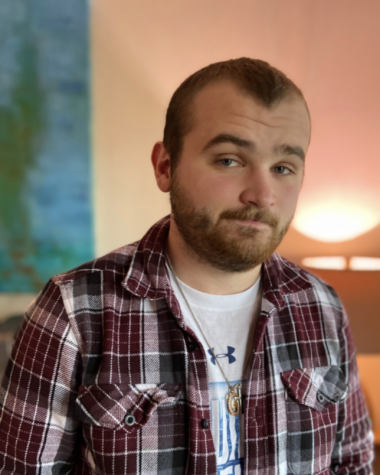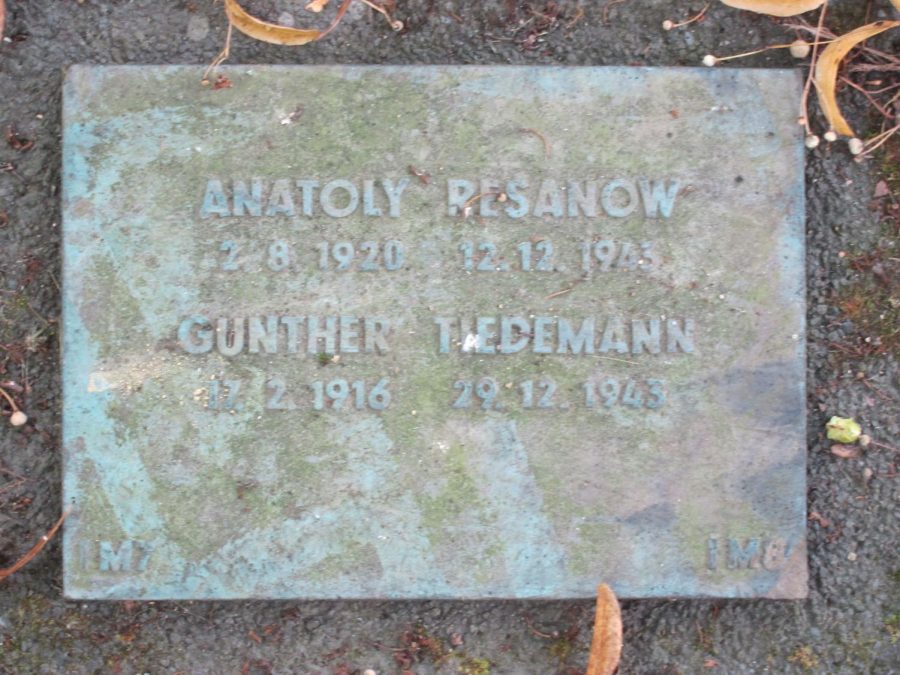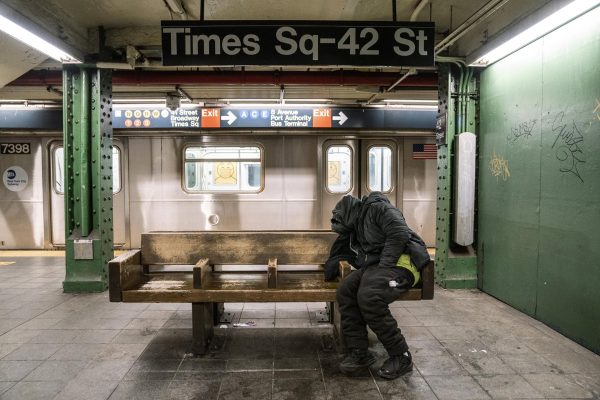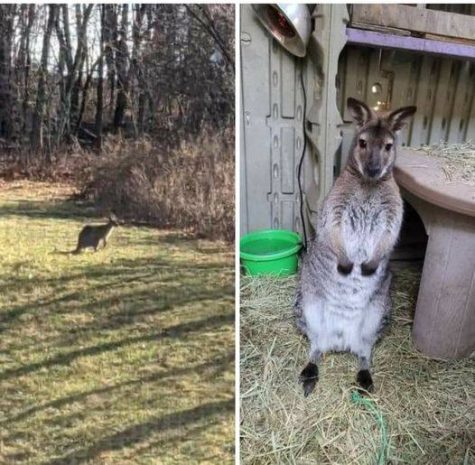Who’s Gunther Tiedemann?
Gunther Tiedemann was born on Feb. 17, 1916; Four days and 83 years before my own birthday. He would die on Dec. 29, 1943, at the age of 27. A little over four years older than I am now.
He was one of almost 43,000 people murdered by the Nazi Regime in the network of concentration camps known as Neuengamme between 1938 and 1945.
Before the camps, he lived in Hamburg, Germany; He lived his life as a simple farmer, according to all available records.
Unfortunately, however, that is all we know. I do not even know if I am related to him.
Let me take you back to when I first found Gunther.
I have always been fascinated by the Second World War, specifically the Holocaust. As a person of German descent, I was always intrigued with how very proud people could descend into a world in which the atrocities of the Nazis could be committed. Now that’s a conversation for another day but not today.
One day playing around on the computer, I stumbled across the US Holocaust Memorial Museums website. Inside this website, there’s a database containing the names of many victims and survivors of the Holocaust. After a few minutes of random searching, it occurred to me I had never looked up my last name.
This was stunning to me for a moment, but then I fired away on my keyboard, and then instantly, 13 names appeared.
It should be noted that Tiedemann, despite its uniqueness in America, is more common in Germany. Currently, several Tiedemann families in the US and Germany have no connection outside of ancient Germanic tribal associations. So yes, together we conquerored the Romans, but now we keep to ourselves mostly.
Most of the names I ruled out quickly as not my family. Either through the region of Germany, they came from to religion listed. However, there was one name that couldn’t be ruled out.
Name 9. Gunter Tiedemann
He was born and lived in the same town just north of Hamburg where my family comes from; He had the same profession as some of my family had before they came to America and found other work. Many other facts match up with him and what I know and said about my family.
My great-great-grandfather, Mathias Tiedemann, came to this country in the 1870s. Surely, he left his family behind back home. He’s the only one, to my knowledge, that came over from our family.
This means brothers, sisters, cousins, and so on would remain behind. What happens to them? How many are still left? Is Gunther one of them?
I think he is, but that’s one of my new missions in life. Find the proof if any exists. I don’t need to know, but I want to know.
I’m extremely proud to be a Tiedemann and the chance someone else who shares my name and blood died in the worst moments in human history means something. It adds something to my name, which is important to pass on.
However, the mystery of the story doesn’t even end there for me; buried with Gunter, as shown in the photo above, is Anatoly Resanow. He was a few years younger and died a couple of weeks prior.
He was born in Omskaja, commonly known as Omsk Oblast, in Western Siberian. Likely he was a Soviet soldier captured sometime after the Nazi Invasion of the Soviet Union in Operation Barbarossa. Perhaps he had some other jobs with the Soviets, which deemed him a threat to the Nazis.
It’s another question mark in a long list of them. Deep down, I wonder if they even knew each other.
All we know for sure is two men murdered in those dreadful camps who were born over 3,000 miles apart now lay together in eternity marked by a simple grave marker.
Now I begin my task of finding out who Prisoner Number 19031 is. Not just finding out if Gunther and I are long-lost family but also who he was and why he was killed.

James Tiedemann graduated from Mercy College in the May of 2022. He transferred there after graduating from SUNY Orange with his Associate's Degree in...













